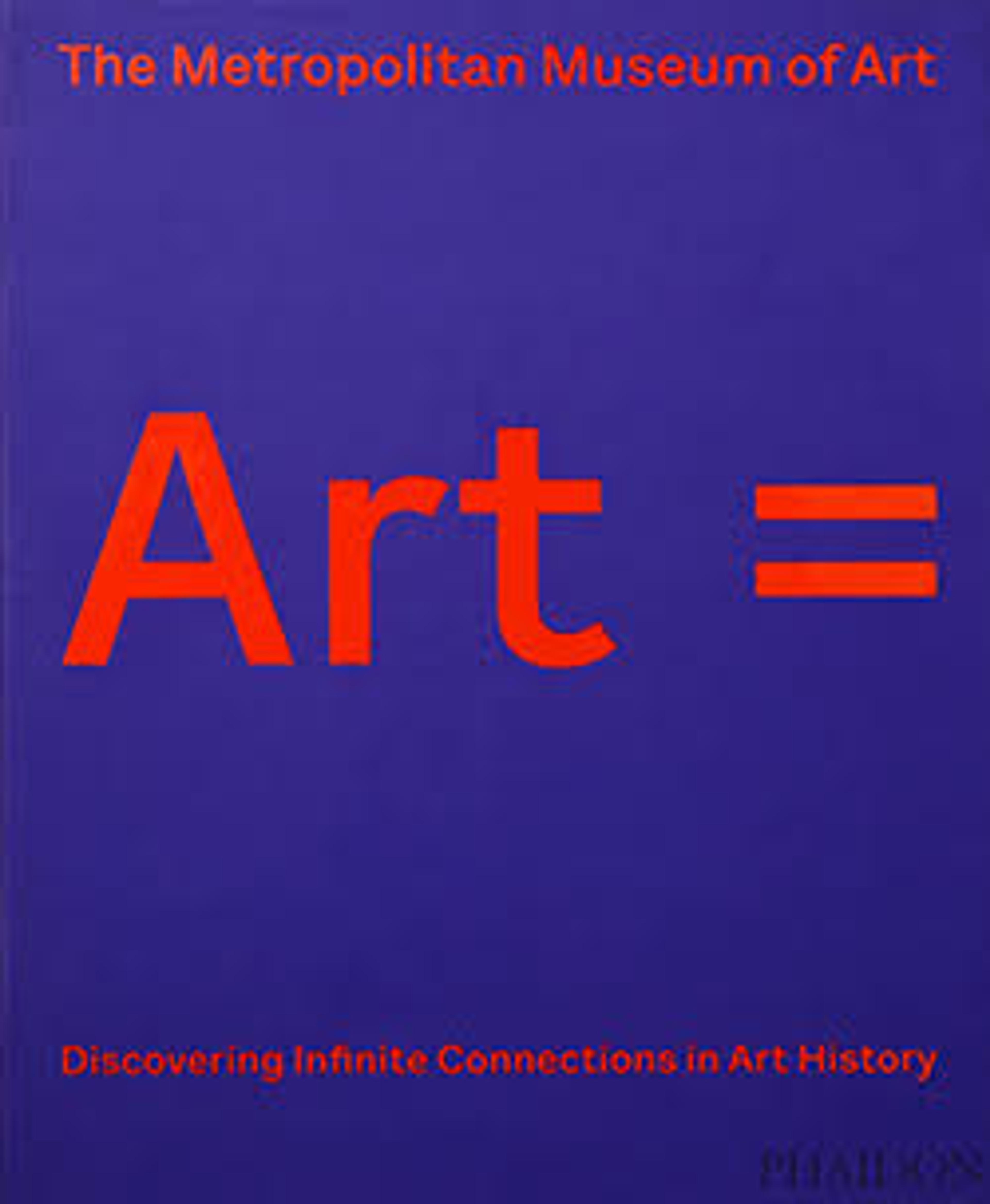English
Buddha, probably Amitabha
The position of the Buddha’s arms indicates that the hands were once held in a gesture of meditation and suggests that this sculpture represents Amitabha, a celestial Buddha who presides over his Western Paradise. Devotion to Amitabha, a major component of Chinese Buddhist practice since the sixth century, promotes the goal of rebirth in Amitabha’s Pure Land, where conditions are conducive to achieving spiritual understanding.
The sculpture was made using the dry-lacquer technique, in which a core (often made of wood) is covered with clay and then wrapped in layers of cloth that have been saturated with lacquer— a tree resin that hardens when exposed to oxygen. As many as seven or eight additional layers of lacquer might then be applied. In the eighth century, this technique spread from China to Japan, where it was used widely in the production of Buddhist sculptures.
The sculpture was made using the dry-lacquer technique, in which a core (often made of wood) is covered with clay and then wrapped in layers of cloth that have been saturated with lacquer— a tree resin that hardens when exposed to oxygen. As many as seven or eight additional layers of lacquer might then be applied. In the eighth century, this technique spread from China to Japan, where it was used widely in the production of Buddhist sculptures.
Artwork Details
- 唐 彩繪塗金夾紵漆阿彌陀佛像
- Title:Buddha, probably Amitabha
- Period:Tang dynasty (618–907)
- Date:early 7th century
- Culture:China
- Medium:Dry lacquer with polychrome pigment and gilding
- Dimensions:H. 38 in. (96.5 cm); W. 27 in. (68.6 cm); D. 22 1/2 in. (57.1 cm)
- Classification:Sculpture
- Credit Line:Rogers Fund, 1919
- Object Number:19.186
- Curatorial Department: Asian Art
Audio
7448. Buddha, Probably Amitabha (Amituo), Part 1
0:00
0:00
We're sorry, the transcript for this audio track is not available at this time. Please email info@metmuseum.org to request a transcript for this track.
Listen to more about this artwork
More Artwork
Research Resources
The Met provides unparalleled resources for research and welcomes an international community of students and scholars. The Met's Open Access API is where creators and researchers can connect to the The Met collection. Open Access data and public domain images are available for unrestricted commercial and noncommercial use without permission or fee.
To request images under copyright and other restrictions, please use this Image Request form.
Feedback
We continue to research and examine historical and cultural context for objects in The Met collection. If you have comments or questions about this object record, please contact us using the form below. The Museum looks forward to receiving your comments.
